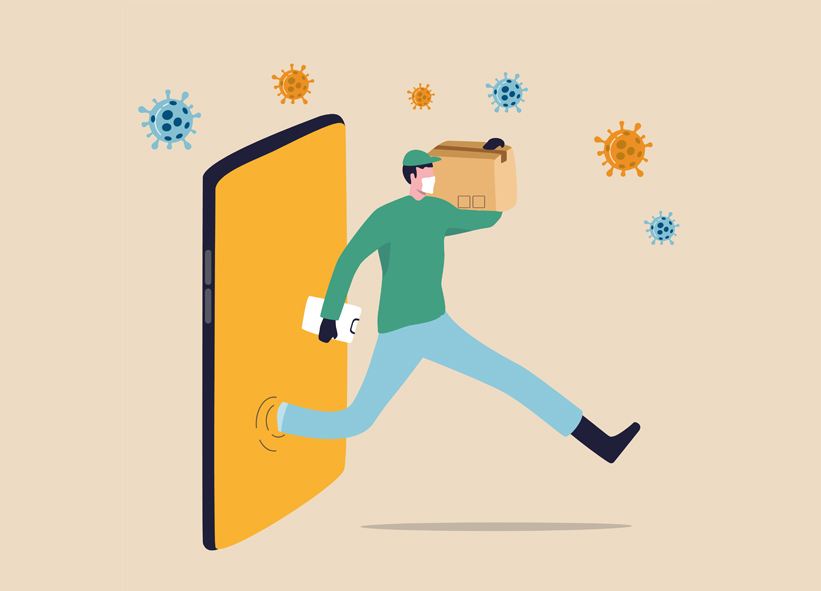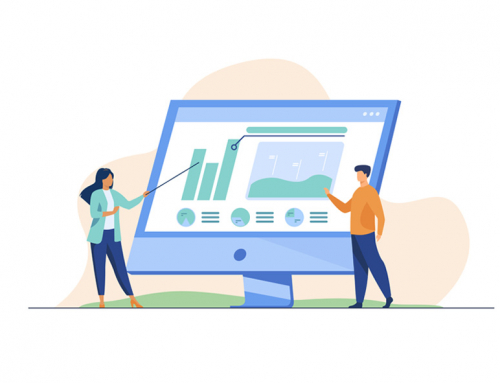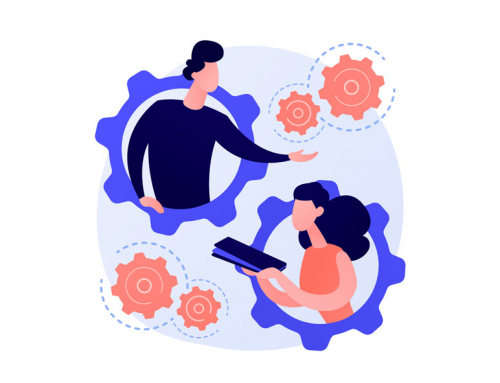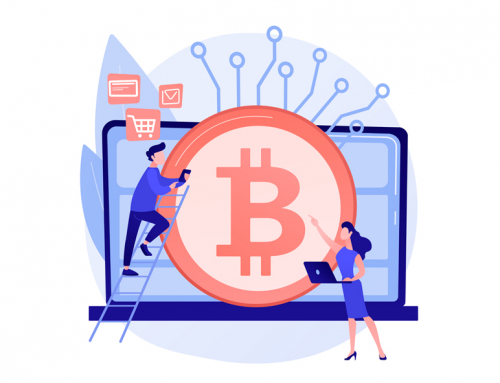Supply chains will be more agile and digital
Control of expenditure and no fear of ‘online
After the months of quarantine, the consumer and the de-escalation initiated, a new profile is being drawn that will bring more concern for savings. Inherited from the past economic crisis, which caused price sensitivity to grow from 52% of consumers in 2009 to the current 67%, the return to normalcy will intensify their concern about controlling spending, according to Nielsen.

Price control will therefore be one of the features of the post-confinement consumer, while its rational part is strongly influenced by the habits he acquired a decade ago, to which we must now add a greater concern for safety and traceability. All this may lead to greater disloyalty, which will be one of the key factors in understanding the consumer from now on. More supply, more dispersed, even more difficult to find. The consumer will look at other issues, the price, the closeness because of the panic to the unknown origin, will mark his return to shopping.
In turn, the emotional and social side of the consumer will be more affected. On the one hand, we will see a fragile and vulnerable buyer, who will look for guarantees and shelter in the proximity. And refuge is what he is turning into his home, intensifying the trend already seen in 2019 of cocooning, spending more time at home, more connected (he spends 80 hours a week like this) and keeping his distance.
In fact, another trend that will be accentuated will be technology and omnicanality, while with the crisis of the Covid-19 have multiplied the households that make the purchase online at some point, from 450,000 to about 1.1 million households. Do more channels imply more costs for new businesses? It implies more technology to group all types of sales. Logistics and user control will be the key.
In no case is there any possibility of the physical purchase giving up, but consumers will adopt both channels depending on the purchase mission, but an increase in the intention to acquire by this means certain categories is foreseen, especially in health and wellbeing and personal care, as 30% of the buyers will be in the network of these products, and also in drinks and packaged food with five-six point growth.
The need for the click&car, to control shipping and collection times. If I buy online I do not want the delivery day to be between the 1st and 20th of a month, I want precision and speed, and if I am going to pick up at the store I want to know if it will be today or tomorrow, because if not, I prefer to take it home. Companies must have the technology to control all channels simultaneously, the stock per store, and the traceability of everything in real time.
Precisely, the online channel already accumulates in what we have of health crisis a growth of 86.6%. In the last week analyzed, between April 20 and 26, the increase versus the same week last year was 149%, following the trail to triple digits of seven days ago.
The market, therefore, maintains its level of growth which, in the case of the market as a whole and the week mentioned from 20 to 26 April, increased its sales by 17% and has “fattened” by 21.4% in the accumulated of the nine weeks already analysed.
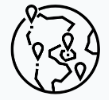
Learning from China
When it comes to finding an answer to what the post-confinement consumer will be like, China represents the first country to carry out the de-escalation phase, serving as an example of possible lessons for the case of Spain. And the most important thing for Chinese consumers is that 60% of them are asking for online and home delivery to be promoted, 53% want the concept of health to be expanded on the shelves and four out of every ten are asking for fresh produce to be promoted and for food safety and traceability to be improved.
All of this translates, from the point of view of the market, especially the distributor, into developing a more agile and digital supply chain, accelerating omnicanality and meeting new needs. On this last point, opportunities arise such as developing a space within the store dedicated entirely to health or specialising in fresh produce from local suppliers.
Star products: personal care, drinks, food, home.
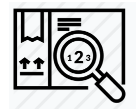
There are three major structural changes: disloyalty, proximity and cocooning. Three changes that now seem to be accelerating with the current health crisis. And to this we must now add safety and traceability, demanded by a more fragile consumer; and the expansion of ecommerce in food, beverages, personal and household care, as it seems that the fear of Covid has pushed aside the fear of online shopping. There has been a technological advance, or consumer advance with the use of 10 year technology.
There are five main features of this consumer who has gone through up to five transitional stages in recent weeks and is now entering the sixth, which coincides with the move from confinement to the ‘new’ normality. Changes must be accelerated even in the large sales platforms that are giving priority to their employees for learning how to manage orders, prepare packages, attend to requests, consultations,… the digital revolution in sales has accelerated.
